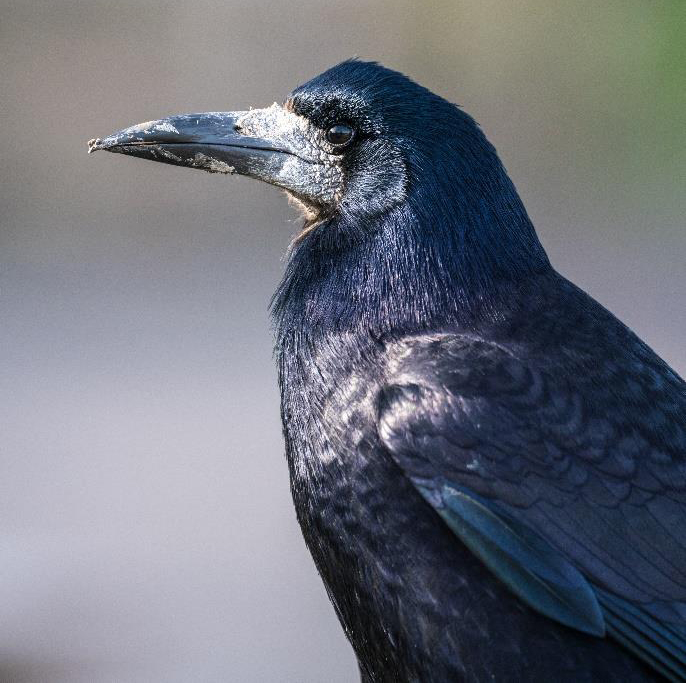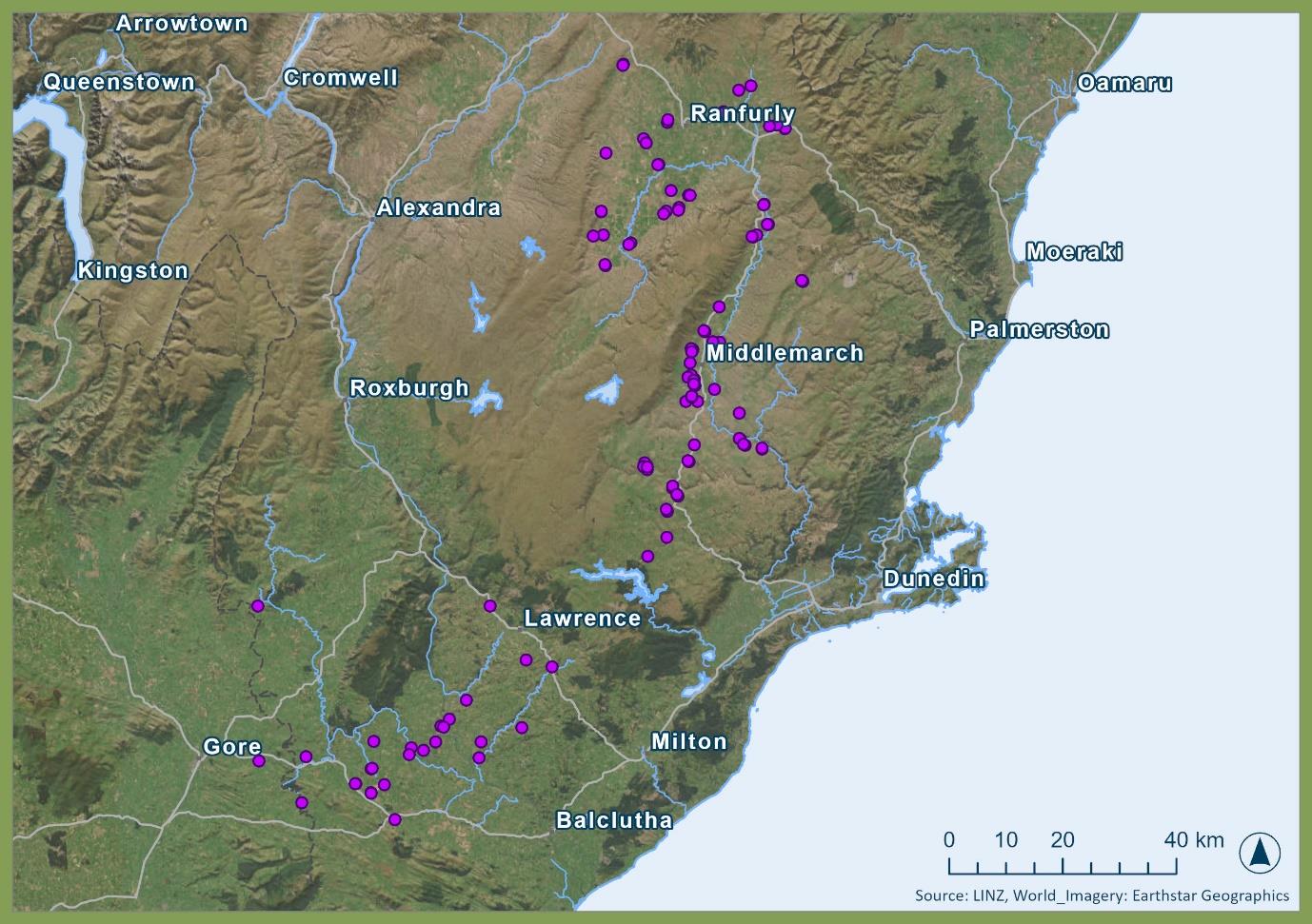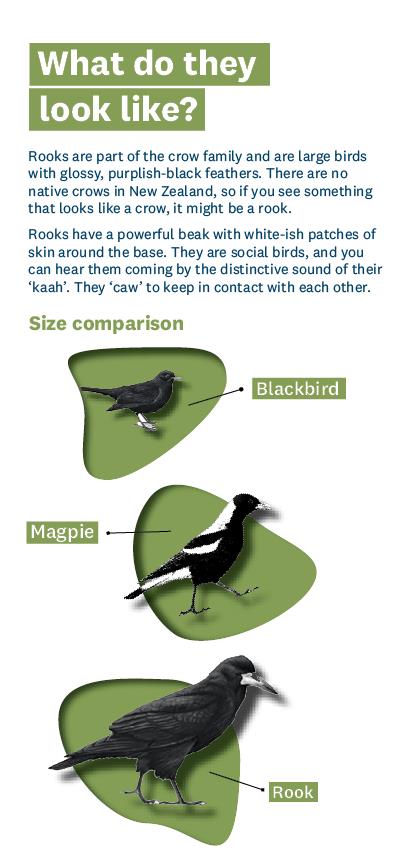ORC’s Delivery Lead Biosecurity Coastal Otago, Simon Stevenson says the work, including the collaborative council efforts, community input and dedicated biosecurity teams has made a massive impact, with bird numbers believed to be at very low numbers.
However, the potential remains for the population to increase again.
Mr Stevenson is asking the public to keep reporting sightings this spring, when the pest birds are most active.
“This enables us to better map nests and target these pests,” he says.
Rooks were introduced to New Zealand between 1862-1873 to control insects, but like many other introduced species, their population flourished and spread in some areas.
In recent years, ORC and Environment Southland have worked together to eradicate the pests, with community help, which has pushed rook numbers down to the estimated 40 from many thousands of breeding pairs in the 1980s and 1990s.

“ORC really appreciates the support from the community for our programme over the years, which has gone a long way toward the successes we’ve had,” Mr Stevenson says.
“We are keen to further develop the programme to improve rook surveillance and investigate activity around historical rookeries to inform any potential control efforts.”
The council has also produced a flyer for community notice boards, cultivation contractors, and landowners who may have a rookery on their property, or nearby.
Environment Southland Biosecurity Pest Animals team leader Dave Burgess says rooks are not currently known to be in Southland.
However, there were populations in the mid-1990s to early 2000s in the Balfour, Eastern Bush, and Motu Valley areas. During the last 10 years a small number of rooks have been sighted periodically in the Kaiwera/Pukerau area, which were thought to be transient birds from nearby Otago areas.
“As these are a very wary bird it is important people don’t try and shoot at rooks but report them to council so effective control options can be undertaken, at no cost to the landowner,” Mr Burgess says.
Both councils use surveillance equipment to record and collect rook behaviour/age to build a picture of the current population.
If you see rooks in Otago, contact:
• 0800 474 082
• biosecurity@orc.govt.nz
If you see rooks in Southland, you can report them through the Environment Southland Pest Hub, or contact:
• 0800 76 88 45
• service@es.govt.nz
Map of historic rookeries

 What rooks look like
What rooks look like

